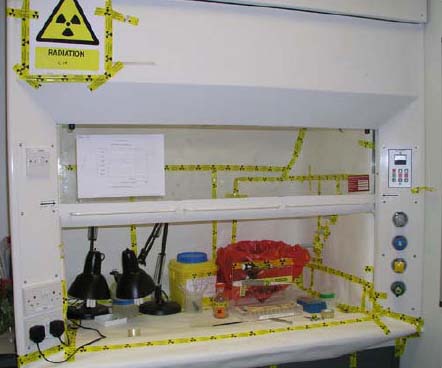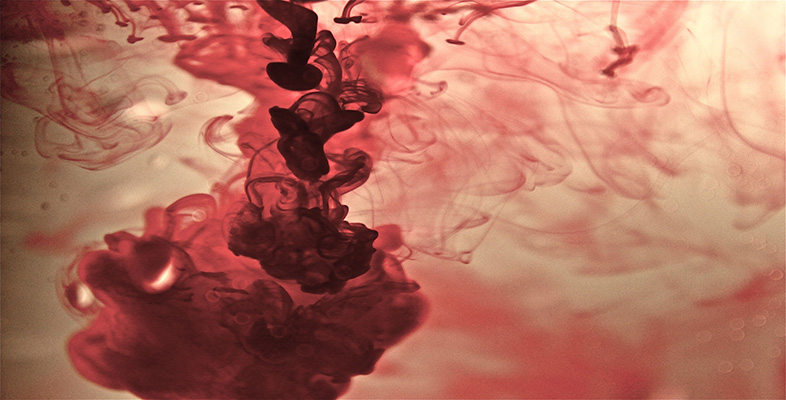5.2 Cryogenic liquids and ionising radiation safety
5.2.1 Cryogenic liquids
There are a number of hazards associated with cryogenic liquids, the main one being that when accidentally released the liquid expands hugely to form a gas (600 times in the case of nitrogen). The formation of such a large volume of gas can lead to asphyxiation in confined areas.
The other main hazard is cold burns (frostbite).
Always wear the correctly specified gloves when handling cryogenic liquids.
Wear a full face mask.
Never travel in a lift with cryogenic liquids.
When dispensing in confined spaces it is advisable to have a low-oxygen alarm system, either fixed or portable.
5.2.2 Ionising radiation safety
Anyone wishing to work with radiation must be registered via your Radiation Protection Supervisor (RPS). Allow time for your registration to be processed; you may need to attend a training course or provide your exposure and training records from your previous employer.

Local rules describe the procedures for ordering, storage, handling, disposal and record keeping for radioactive sources in each department. A copy is issued to you on registration, and copies are displayed on the Radiation Notice Board.
Radiation laboratories are controlled areas with specific access requirements. All radioactive material must be accounted for. University research laboratories have been prosecuted by the HSE for losing radioactive material.
